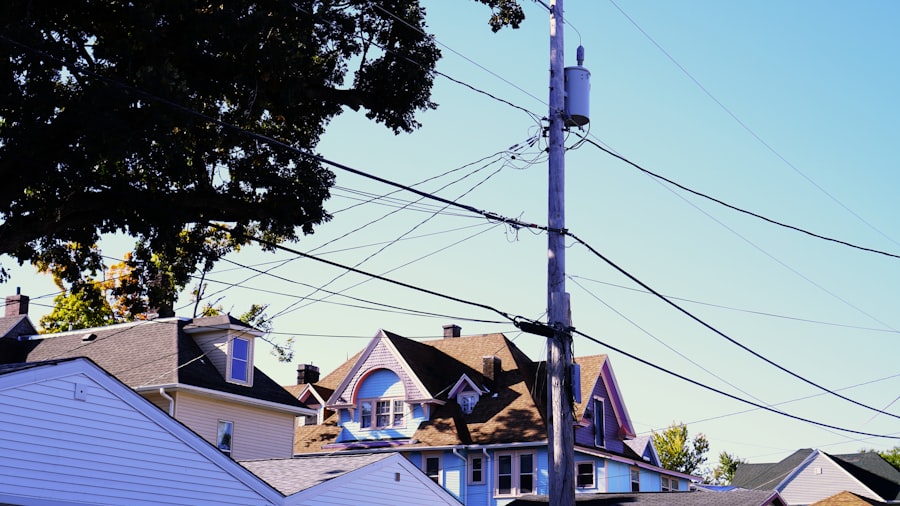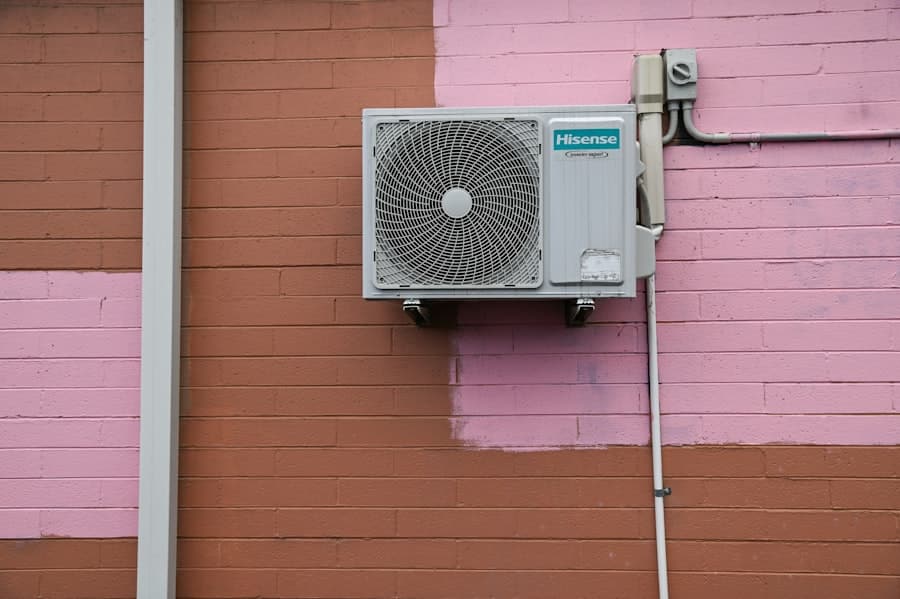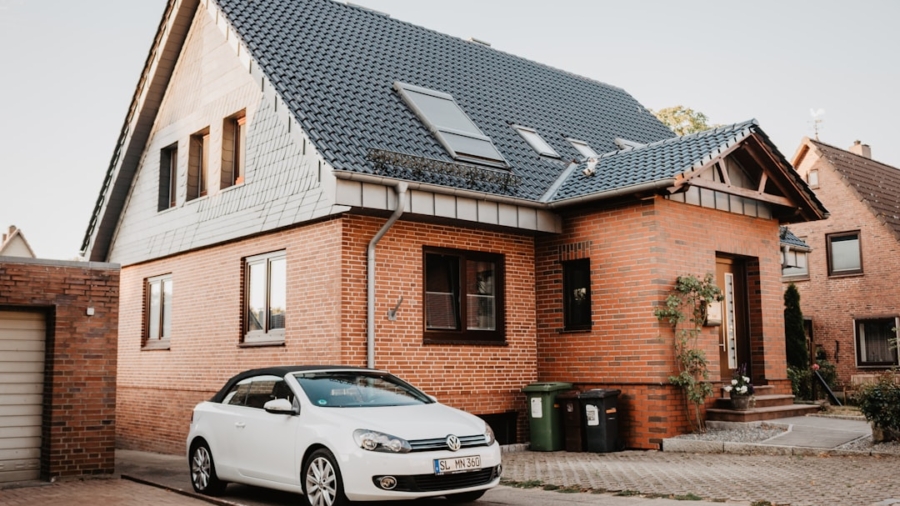The Internet of Things (IoT) represents a transformative shift in how we interact with the world around us, connecting everyday objects to the internet and enabling them to send and receive data. This interconnectedness has profound implications for various sectors, particularly in the realm of environmental sustainability. As global concerns about climate change and environmental degradation intensify, the role of IoT in reducing carbon footprints has become increasingly significant.
By leveraging real-time data and automation, IoT technologies can optimize energy consumption, enhance resource management, and promote sustainable practices in both residential and commercial settings. The potential of IoT to mitigate carbon emissions is vast. For instance, smart sensors can monitor energy usage patterns, allowing for more efficient energy distribution and consumption.
This capability not only reduces waste but also encourages users to adopt more sustainable habits. Furthermore, IoT devices can facilitate the integration of renewable energy sources into existing infrastructures, thereby decreasing reliance on fossil fuels. As cities and communities strive to meet ambitious carbon reduction targets, the implementation of IoT solutions emerges as a critical strategy in the global effort to combat climate change.
Key Takeaways
- IoT plays a crucial role in reducing carbon footprints by enabling smart and efficient use of resources in homes.
- Smart home devices and IoT technology contribute to energy efficiency by optimizing energy usage and reducing wastage.
- IoT allows for monitoring and controlling home energy usage, leading to better management and conservation of energy resources.
- Water conservation and sustainability are promoted through the utilization of IoT technology in homes.
- IoT-enabled waste management and recycling in the home contribute to reducing environmental impact and promoting sustainability.
Energy efficiency through smart home devices and IoT technology
Smart home devices, powered by IoT technology, are at the forefront of enhancing energy efficiency in residential settings. These devices include smart thermostats, lighting systems, and appliances that can be controlled remotely or programmed to operate at optimal times. For example, a smart thermostat can learn a household’s heating and cooling preferences over time, adjusting temperatures automatically based on occupancy patterns.
This not only ensures comfort but also minimizes energy waste by preventing heating or cooling when no one is home. Moreover, smart lighting systems equipped with IoT capabilities can significantly reduce electricity consumption. These systems can be programmed to turn off lights when rooms are unoccupied or adjust brightness based on natural light levels.
By utilizing motion sensors and timers, homeowners can ensure that energy is used only when necessary. The cumulative effect of these smart devices can lead to substantial reductions in energy bills and carbon emissions, demonstrating how technology can play a pivotal role in fostering a more sustainable lifestyle.
Monitoring and controlling home energy usage with IoT

The ability to monitor and control energy usage in real-time is one of the most compelling advantages of IoT technology in the home. Smart meters provide homeowners with detailed insights into their energy consumption patterns, allowing them to identify peak usage times and adjust their habits accordingly. For instance, if a homeowner notices that their energy consumption spikes during certain hours, they can shift high-energy activities—such as running the dishwasher or laundry—to off-peak times when electricity rates are lower and demand on the grid is reduced.
In addition to monitoring, IoT devices enable users to control their energy usage remotely through smartphone applications. This means that even when away from home, individuals can turn off appliances or adjust heating and cooling systems to prevent unnecessary energy expenditure. Such capabilities not only empower homeowners to make informed decisions about their energy use but also contribute to a more stable and efficient energy grid overall.
By reducing demand during peak hours, IoT technology helps alleviate stress on electrical infrastructure, further supporting sustainability efforts.
Utilizing IoT for water conservation and sustainability
Water scarcity is an increasingly pressing issue worldwide, making the role of IoT in water conservation particularly vital. Smart irrigation systems exemplify how IoT technology can optimize water usage in both residential gardens and agricultural settings. These systems utilize soil moisture sensors to determine when plants require watering, ensuring that water is applied only when necessary.
By preventing overwatering, these systems not only conserve water but also promote healthier plant growth. In addition to irrigation, IoT devices can monitor water usage within the home itself. Smart water meters provide real-time data on consumption patterns, helping homeowners identify leaks or excessive usage that may go unnoticed otherwise.
For example, if a sudden spike in water usage is detected, homeowners can be alerted immediately, allowing them to address potential leaks before they result in significant waste or damage. This proactive approach to water management not only conserves a precious resource but also encourages more mindful consumption habits among users.
IoT-enabled waste management and recycling in the home
Waste management is another area where IoT technology can make a substantial impact on sustainability efforts. Smart waste bins equipped with sensors can monitor fill levels and notify waste management services when they need to be emptied. This optimization reduces unnecessary collection trips, leading to lower fuel consumption and emissions associated with waste transport.
Additionally, these smart bins can differentiate between recyclable and non-recyclable materials, providing users with feedback on their recycling habits.
For instance, an app connected to a smart bin could provide information on local recycling guidelines or suggest ways to reduce waste based on individual consumption patterns.
By fostering a culture of recycling and responsible waste management, IoT technology empowers households to contribute actively to environmental sustainability while minimizing their carbon footprints.
Smart transportation and IoT’s impact on reducing carbon emissions

Transportation is a significant contributor to global carbon emissions, making it a critical area for intervention through IoT technologies. Smart transportation systems leverage real-time data to optimize traffic flow, reduce congestion, and enhance public transit efficiency. For example, connected traffic lights can adjust their timing based on current traffic conditions, minimizing idling time for vehicles and thereby reducing emissions.
Similarly, GPS-enabled public transit systems can provide users with real-time updates on bus or train arrivals, encouraging greater use of public transportation over personal vehicles. Moreover, IoT technology plays a crucial role in the development of electric vehicles (EVs) and charging infrastructure. Smart charging stations can communicate with EVs to determine optimal charging times based on grid demand and electricity prices.
This not only supports the integration of renewable energy sources but also encourages EV owners to charge their vehicles during off-peak hours when demand is lower.
The role of IoT in promoting sustainable and eco-friendly lifestyle choices
Beyond specific applications in energy management and resource conservation, IoT technology fosters a broader cultural shift towards sustainability by promoting eco-friendly lifestyle choices. Smart home ecosystems can integrate various devices—such as energy monitors, smart appliances, and water-saving fixtures—into a cohesive platform that encourages users to adopt sustainable practices seamlessly. For instance, a user might receive notifications about their energy consumption trends alongside tips for reducing waste or conserving resources.
Additionally, social features within IoT applications can create communities focused on sustainability. Users can share their experiences with eco-friendly practices or participate in challenges that promote reduced consumption or increased recycling efforts. By leveraging social connections and gamification elements, IoT technology not only enhances individual awareness but also cultivates a collective commitment to environmental stewardship.
The future of IoT and its potential for further reducing carbon footprints in homes
As we look toward the future, the potential for IoT technologies to further reduce carbon footprints in homes appears promising. Continued advancements in artificial intelligence and machine learning will enhance the capabilities of smart devices, allowing for even more precise monitoring and optimization of resource usage. Moreover, as public awareness of climate issues grows, consumer demand for sustainable solutions will likely drive innovation within the IoT sector.
The integration of IoT with emerging technologies such as blockchain could also revolutionize how we track and manage resources at both individual and community levels. For instance, blockchain could provide transparent records of energy consumption or waste management practices, fostering accountability among users while encouraging sustainable behaviors. As these technologies evolve together, they hold the potential to create a more sustainable future where homes are not just passive consumers of resources but active participants in environmental conservation efforts.
In the quest to reduce carbon footprints, homeowners are increasingly turning to the Internet of Things (IoT) for innovative solutions. IoT devices, such as smart thermostats and energy-efficient lighting systems, allow homeowners to monitor and control their energy usage more effectively, leading to significant reductions in energy consumption and carbon emissions. For those interested in further exploring technology’s role in sustainability, an insightful article on the best software for fault tree analysis in 2023 can provide valuable information on how advanced software tools are being used to enhance system reliability and efficiency, ultimately contributing to more sustainable practices across various industries.
FAQs
What is IoT?
IoT stands for Internet of Things, which refers to the network of physical devices, vehicles, home appliances, and other items embedded with sensors, software, and connectivity that enables them to connect and exchange data.
How does IoT help homeowners reduce carbon footprints?
IoT helps homeowners reduce carbon footprints by enabling them to monitor and control energy usage in their homes more efficiently. Smart thermostats, lighting systems, and appliances can be programmed to optimize energy usage, leading to reduced carbon emissions.
What are some examples of IoT devices that help reduce carbon footprints in homes?
Examples of IoT devices that help reduce carbon footprints in homes include smart thermostats, energy-efficient lighting systems, smart appliances, and home energy management systems.
How does IoT contribute to sustainable living for homeowners?
IoT contributes to sustainable living for homeowners by providing them with the tools to monitor and manage their energy consumption, reduce waste, and make more environmentally friendly choices in their daily lives.
Are there any potential drawbacks or challenges to using IoT for reducing carbon footprints in homes?
Some potential drawbacks or challenges of using IoT for reducing carbon footprints in homes include initial costs of purchasing and installing IoT devices, concerns about data privacy and security, and the need for reliable internet connectivity for these devices to function effectively.

